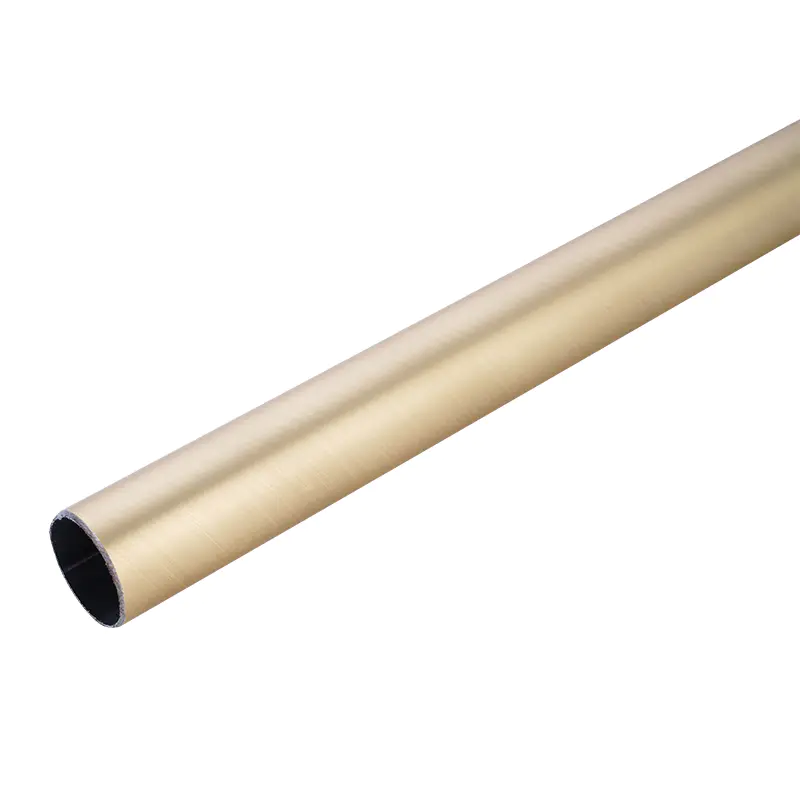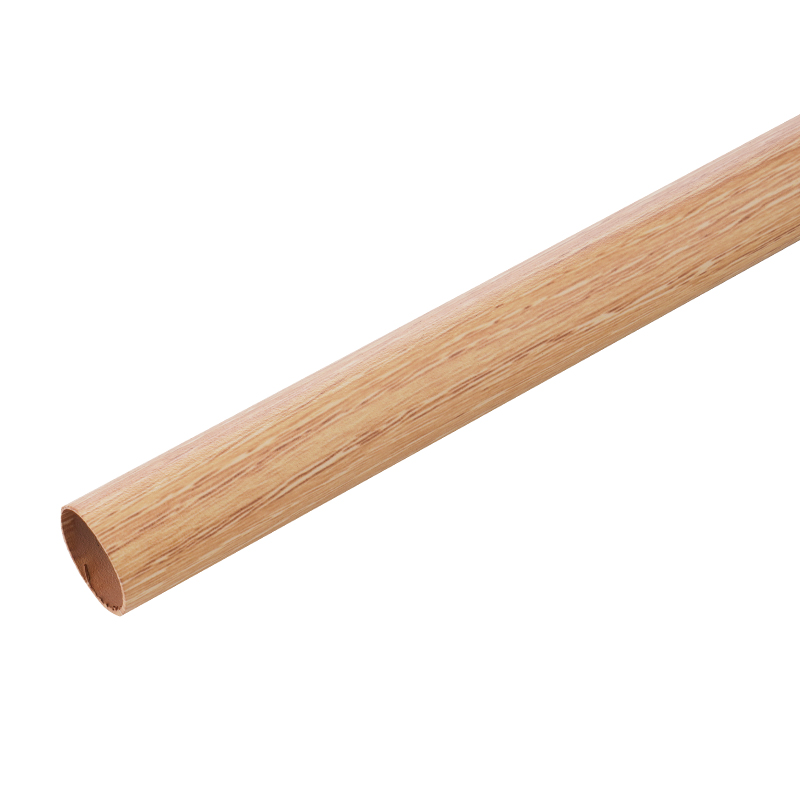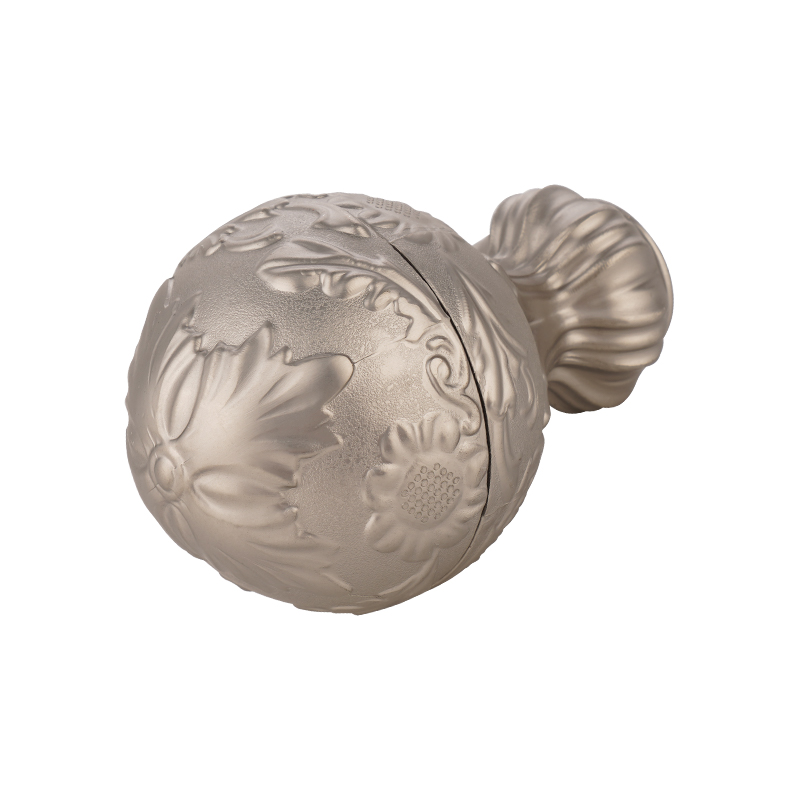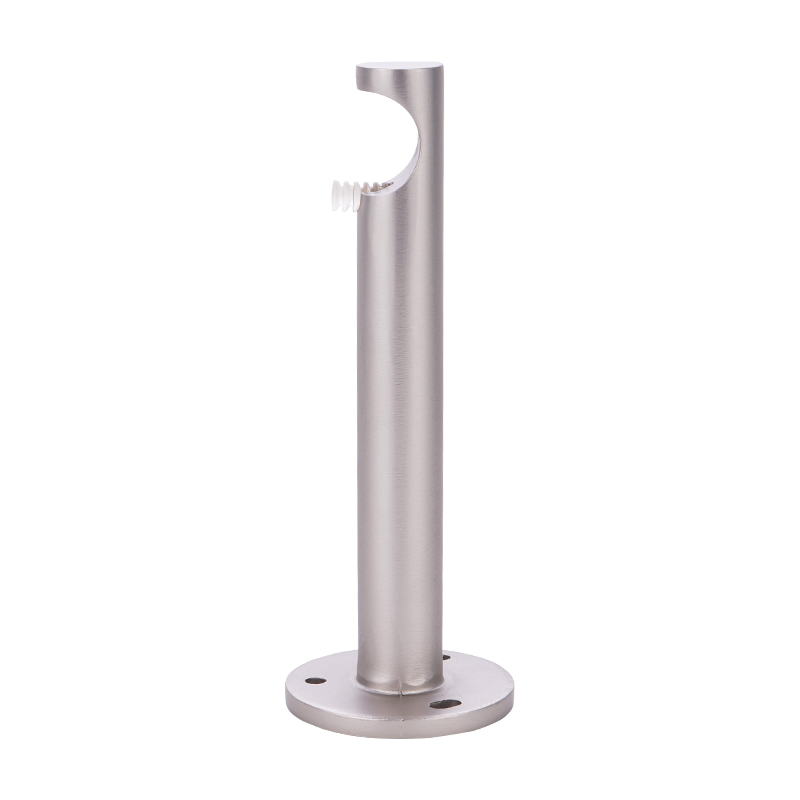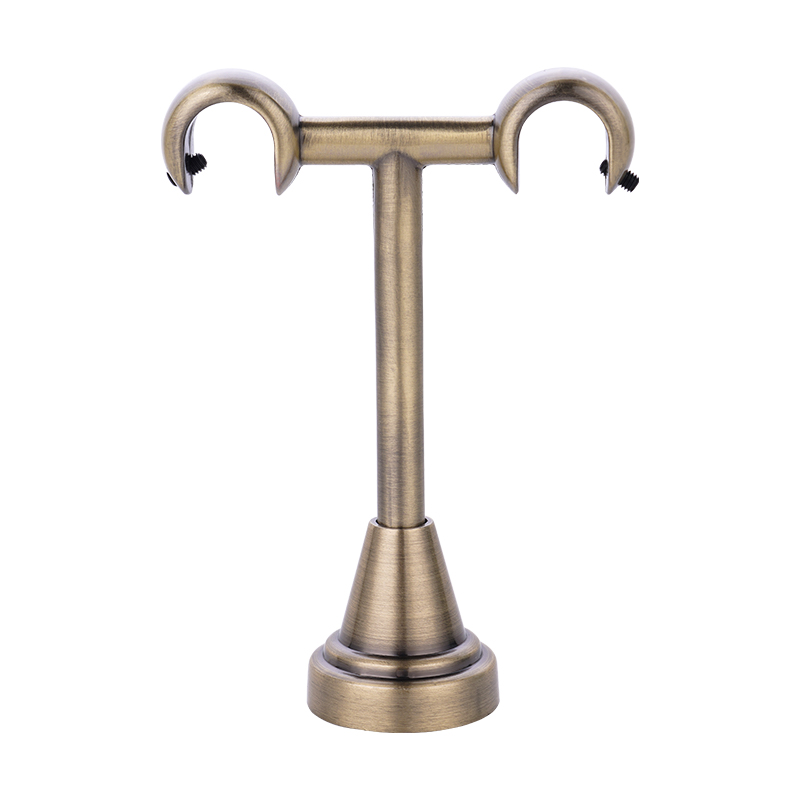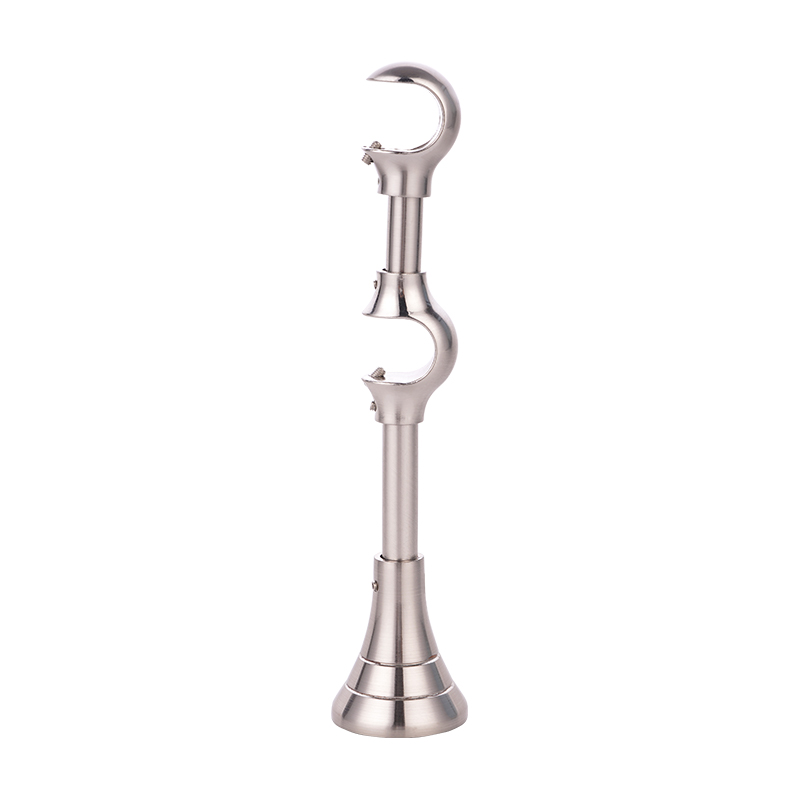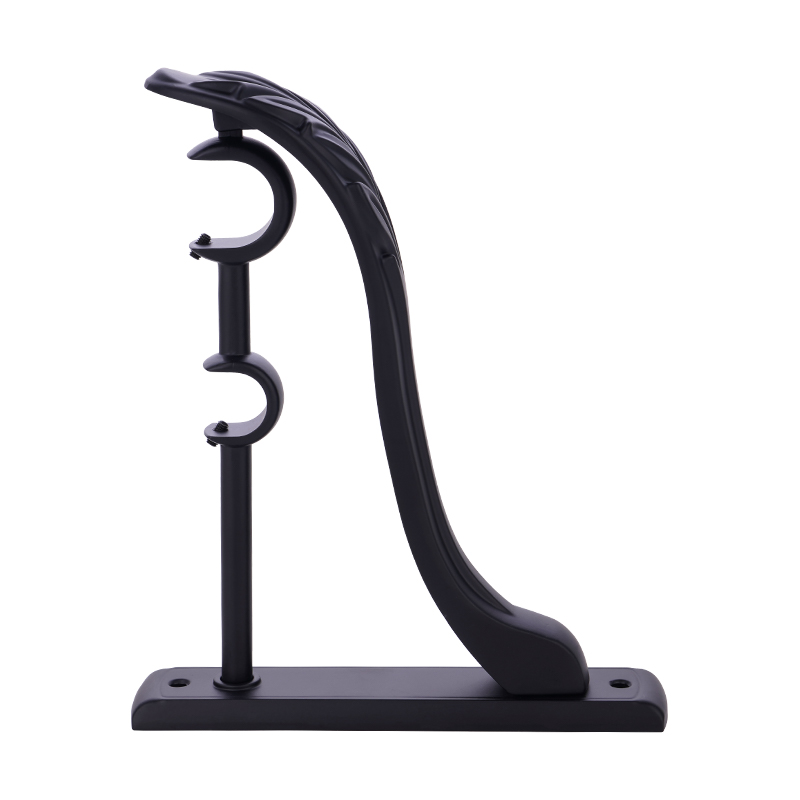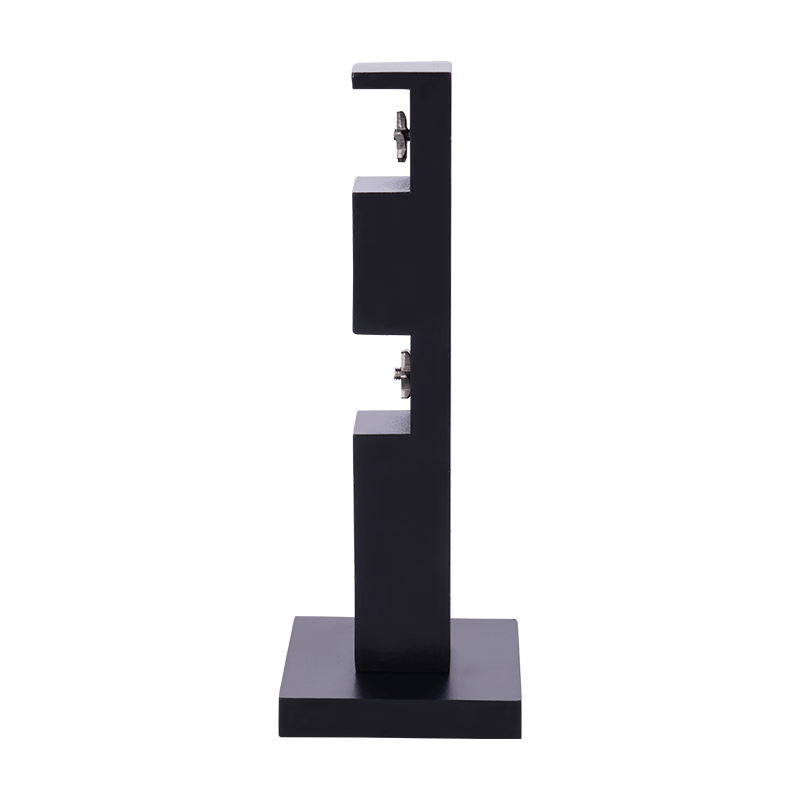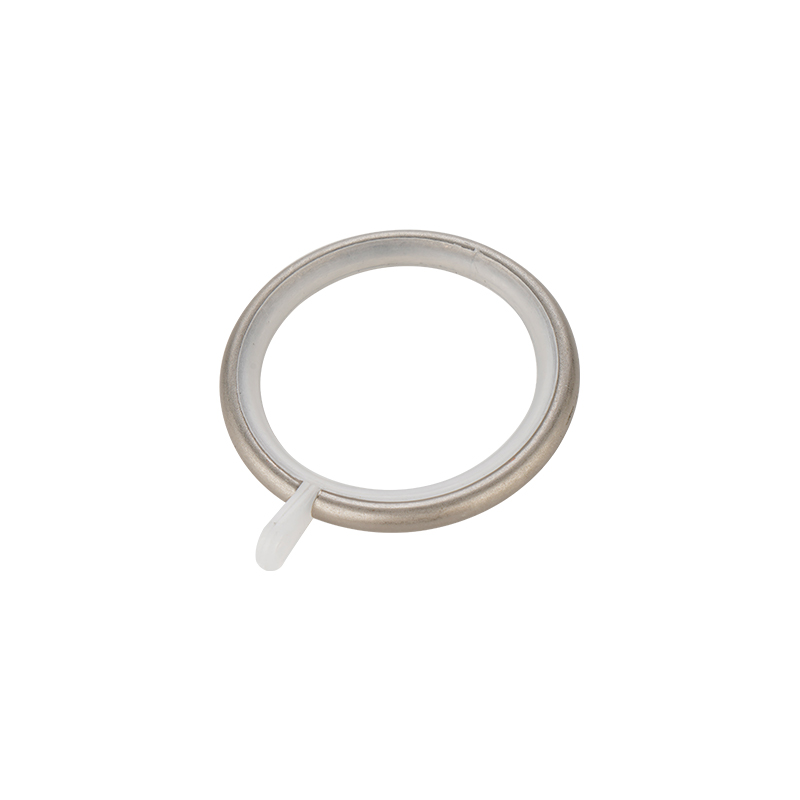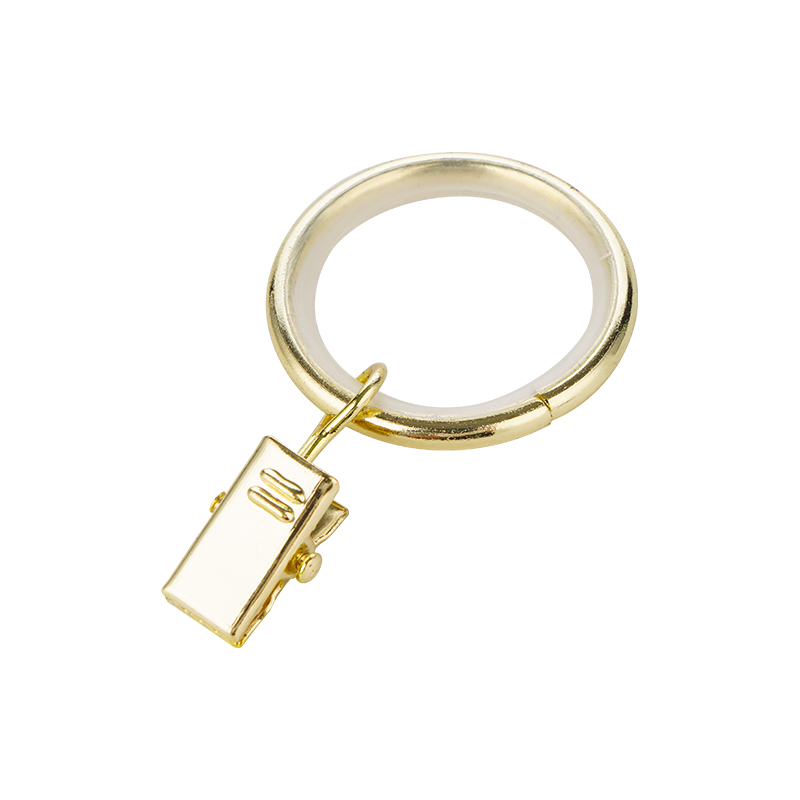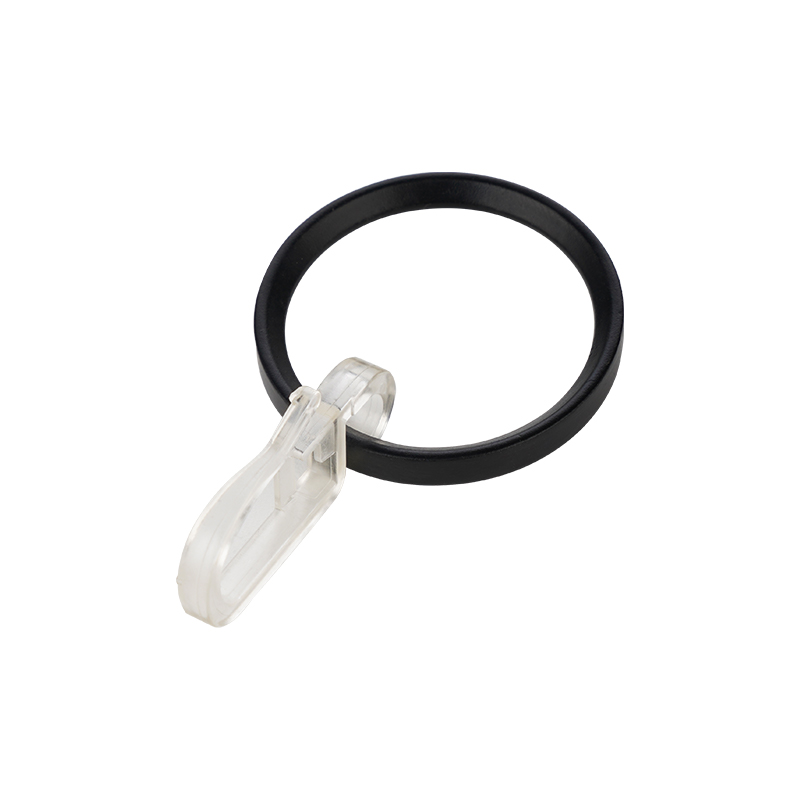In daily life, curtains not only play the role of sunshade and privacy protection, but their supporting structures also bear key support and operation functions. Among them, metal curtain rails, as the intermediary connecting curtains and space, directly affect the convenience of use and overall decorative effect of curtains. In some humid environments, such as homes near the sea, bathrooms, kitchens, basements and other places, the surface treatment process of metal rails is particularly important, because it directly determines the durability of the product in such an environment.
Metal materials themselves are prone to oxidation reactions under the action of air, moisture and some chemical components. If not properly treated, their surfaces may gradually rust during use, thereby affecting the structural strength and aesthetics. In order to avoid this situation, modern metal curtain rails usually undergo multiple protective treatment processes before leaving the factory. The more common practices include electrophoretic coating, anodizing, spraying or plating processes. The core goal of these processes is to form a dense protective film on the metal surface so that it can still maintain stability in an environment with more water vapor or acid-base fluctuations.
For example, some metal rails are treated with anodizing for surface strengthening. This method can make the metal itself form a solid oxide protective layer, which can block the intrusion of external moisture and improve the surface hardness and wear resistance. At the same time, some products will also be sprayed, with uniform surface coverage and strong adhesion, and are not prone to falling off or blistering. During use, it can effectively prevent the corrosion of the metal body by water vapor in the air.
In addition to rust prevention, anti-corrosion performance is also an important indicator affecting the quality of rails. In a humid environment that may contain volatile components of detergents or cleaning agents, some metals are prone to chemical reactions, which in turn corrode the surface and even affect the smoothness of the pulley. Therefore, surface treatment is not only to deal with rust, but also to have a certain chemical stability. High-quality metal curtain rails are often designed with alloy materials that are not prone to corrosion, and are matched with pulley components with higher stability to enhance the overall service life.
The anti-rust and anti-corrosion performance of the rail is also related to the daily experience of family members. If the rail rusts and the pulley does not run smoothly, it will not only affect the feel of use, but may also cause problems such as curtain jamming or derailment. Good surface treatment can ensure smoothness and reliability in long-term use, especially in situations where it is frequently pulled repeatedly, it can still maintain a stable structure without deformation or adhesion.
